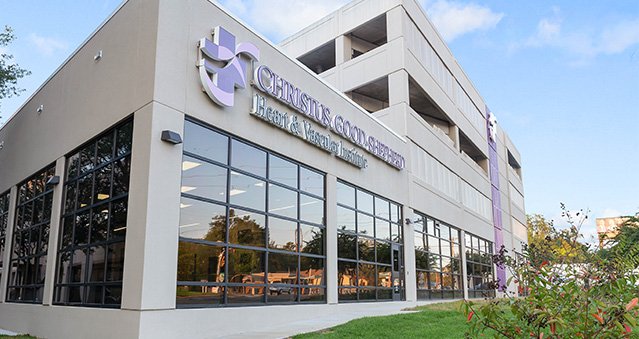Cardiac Arrest vs. Heart Attack: What’s the Difference?
Cardiac arrest and heart attack are two common heart conditions, but they are not the same. One affects your heart’s ability to pump blood, while the other is an electrical problem. To better understand the difference, it helps to know the root causes of heart attack and cardiac arrest.
What Is a Heart Attack?
A heart attack occurs when an artery that supplies oxygen-rich blood to your heart muscle becomes blocked by fatty deposits or plaque buildup. That blocked artery prevents the proper flow of blood to parts of the heart and other vital organs.
In most cases, heart attacks are caused by coronary artery disease, in which cholesterol and plaque accumulate on artery walls over the course of several years. Areas of that plaque buildup can break open and cause a blood clot to form.
The blood clot can block the artery and cause a heart attack. With proper treatment, most people will survive a heart attack, but having a heart attack increases your risk of another one.
Most heart attacks are similar, with discomfort normally felt in the center or on the left side of the chest that lasts a few minutes. In some instances, the discomfort may go away before returning. The discomfort may feel like uncomfortable pressure, squeezing, fullness or pain.
Other common heart attack symptoms include shortness of breath and pain or discomfort in one or both arms, the upper body (back, shoulders, neck or jaw) and the upper abdomen.
Women can experience different symptoms than men, such as nausea and vomiting. If you or someone you love experiences a heart attack, call 911—performing cardiopulmonary resuscitation (CPR) for a heart attack is not always necessary.
What Is Cardiac Arrest?
Cardiac arrest occurs when electrical impulses in the heart become irregular, which causes the heart to stop pumping blood to the rest of the body suddenly. As a result, the brain, lungs and other organs don’t get the supply of blood they need.
Death follows quickly when the heart stops beating—90% of people who experience cardiac arrest (not in a hospital) die, according to the National Heart, Lung, and Blood Institute.
Using an automatic external defibrillator or performing CPR for cardiac arrest by administering chest compressions and clearing the person’s airway could save someone’s life.
While a heart attack can increase the risk of cardiac arrest, the most common cause is an irregular heartbeat, or arrhythmia, also known as ventricular fibrillation.
However, according to the NHLBI, about 50% of cardiac arrest people don’t know they have existing heart problems. Symptoms typically appear suddenly and can include collapsing, being unconscious, not breathing or struggling to breathe, and not having a pulse.
A Matter of Heart
One common thread between heart attacks and cardiac arrest is that the risk for both grow with age and increases if you have certain types of heart disease. Take steps to protect your heart by:
- eating a heart-healthy diet low in saturated fat, sugar and salt
- exercising regularly and aim for at least 150 minutes of moderate-intensity exercise a week
- giving up tobacco if you smoke
- managing chronic conditions, such as high blood pressure and diabetes
- talking to your primary care provider about how to maintain healthy cholesterol levels


